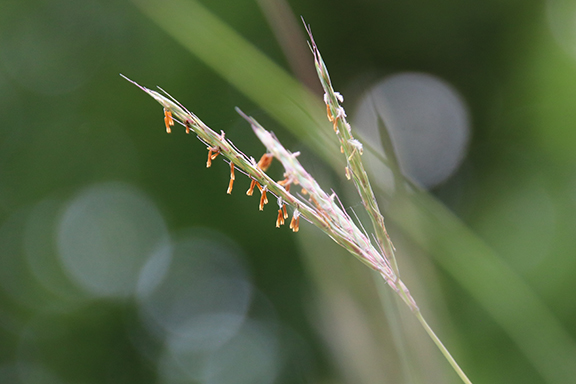

The pearl crescent butterfly is a small-to-medium sized, non-migratory, native butterfly. It is named for the crescent-shaped markings on the outer edges of the hindwing.
This black and vibrant orange butterfly is found in all parts of the United States except the West Coast.
All true asters are host plants for the pearl crescent butterfly’s eggs and larvae. The larvae are brownish-black with light dots, yellow lateral stripes, and yellowish-brown spines. The head is black with a pale spot in front.
Female pearl crescent butterflies lay minuscule white-green eggs in clusters (20-300 eggs per cluster) on a variety of asters. Consider planting late blooming asters to attract these butterflies.
The pearl crescent butterfly is a puddle visitor. The males will behave territorially toward other males approaching the same puddle – especially around puddles where females tend to group. They have been recorded darting after other butterflies that come near their perch or puddle, driving them out of the area.
Mystery Monday is sponsored by the Spy Newspapers and Adkins Arboretum.



Write a Letter to the Editor on this Article
We encourage readers to offer their point of view on this article by submitting the following form. Editing is sometimes necessary and is done at the discretion of the editorial staff.